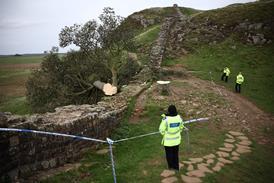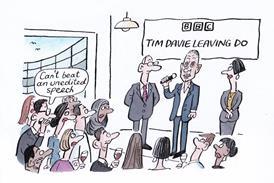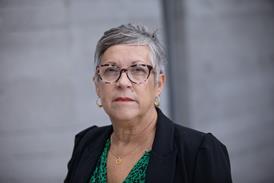Ofcom has approved European Commission proposals to hand over valuable frequency used by broadcasters to mobile operators.
The 700MHz band, which is currently used to deliver digital TV services such as Freeview, is in demand by mobile operators that are keen to use the spectrum for mobile data services.
In keeping with the European Commission’s proposals, which were outlined in September, Ofcom wants broadcasters to move to an alternative frequency by 2022.
Ofcom estimates the cost of change to be as much as £660m, due to an “extensive” programme of modifications to DTT transmission infrastructure.
However, the regulator has also priced the potential value of mobile operators using the spectrum in the region of £900m to £1.3bn, in part because signals transmitted in the 700MHz band reach further and pass through obstructions more easily than higher frequencies.
It also says there is scope for economies of scale in the manufacture of equipment such as handsets because the band is used around the world.
Ofcom chief executive Ed Richards described the plans as “a crucial next step in the development of the UK’s communications infrastructure”.
He said: “This decision ensures that we are making the raw materials available with which investors and companies can build the services which will support the digital economy of the future.
“More spectrum will be available for mobile broadband where demand is especially high, but the UK will retain a competitive terrestrial television platform as well.”
Possible disruption
Ofcom says the shift should result in faster and cheaper mobile data services, but senior broadcast figures have warned that the plans could cause disruption.
Earlier this month, EBU director of technology and innovation Simon Fell told Broadcast that giving up 700MHz is “not as simple as it might seem”.
He said: “There needs to be space for channels to migrate to, and we have to make sure due consideration is given to the amount of time it will take, and giving financial compensation to operators.
“There also needs to be detailed frequency co-ordination. A host of different frequencies within the band are used in the UK for services such as local TV and to provide regional variations.
“To avoid interference, the same frequency can’t be used in neighbouring regions or countries. As such, the process of frequency co-ordination for Europe could take as long as three years.”
And Fell warned that handing over the 700MHz band means broadcasters will have less scope for launching new services.
Ofcom said that “for the vast majority, the move will require only a simple retune of existing TV equipment”.
It estimates that 100,000 households might need to change their roof-top aerials, and that a “very small number” of viewers might need to fit a filter to their televisions to prevent mobile phone signals from interfering with TV reception
The 700MHz frequency is also used by wireless microphones.
Ofcom said it has identified a number of frequency bands that wireless microphones could potentially use and that it will confirm what spectrum will be available to the programme making and special events (PMSE) sector next year.


























No comments yet